Certificate of Freedom
Thomas Harvey, 1843
Certificates of Freedom had to be carried at all times and shown to the appropriate authorities on demand. Thomas Harvey, who received this certificate in 1843 after completing his 14-year sentence, kept his certificate in a tin container to protect it from wear and tear. In nearly all cases the certificate restored all the convict’s legal rights and privileges as a free citizen.
Norfolk labourer Thomas Harvey had arrived in Sydney on Katherine Stewart Forbes in 1830. His sentence was 14 years, for stealing fowls. When he received his freedom, Harvey was paid the money he had in his bank account – a sum of three pounds, which he had probably arrived with in 1830, and the government had banked it for him until he served out his sentence.
Emancipated convicts were given free grants of land, animals, tools and seed to establish themselves as viable settlers. Many in NSW became large landholders. By the 1820s, ex-convicts had become masters of most of the newly assigned convicts, and owned over half the colony’s wealth and three-quarters of its land.
More artefacts
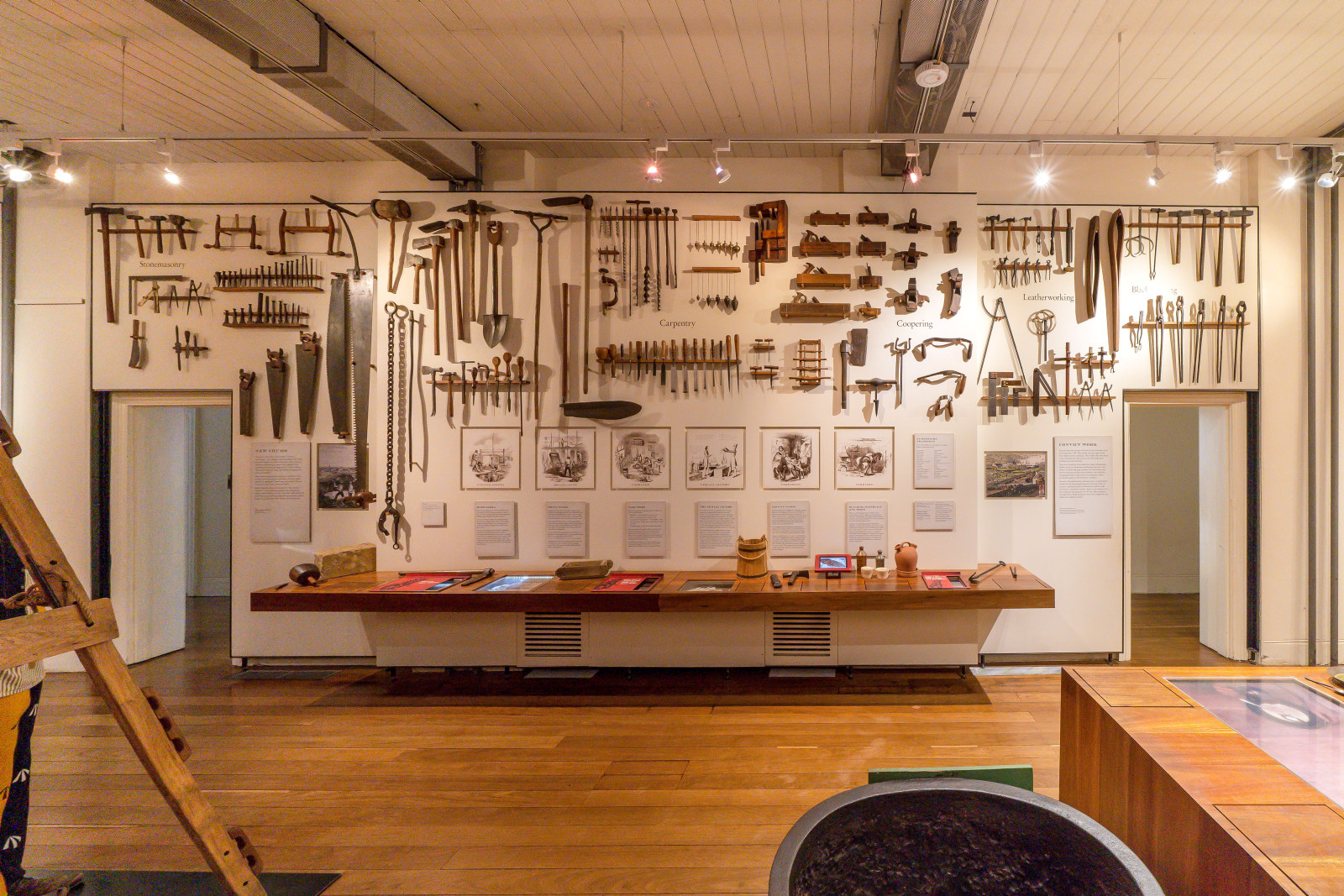
Convict Sydney
Objects
These convict-era objects and archaeological artefacts found at the Hyde Park Barracks and The Mint (Rum Hospital) are among the rarest and most personal artefacts to have survived from Australia’s early convict period
Published on
Convict Sydney
Browse all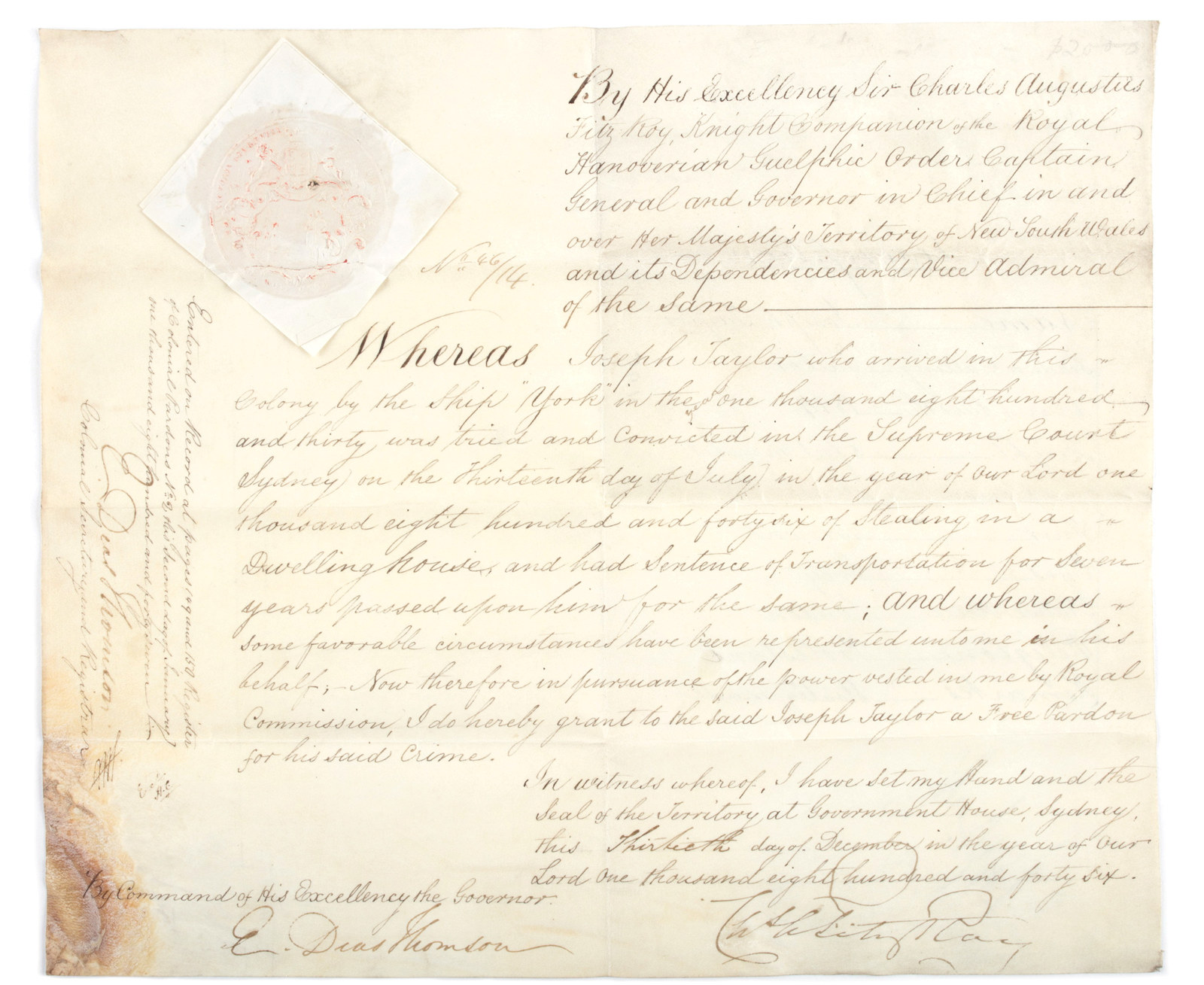
Convict Sydney
Free pardon
Drawn up at Government House, Sydney, on 30 December 1846, and signed and sealed by Governor Charles Fitzroy, this document granted a free pardon to convict Joseph Taylor
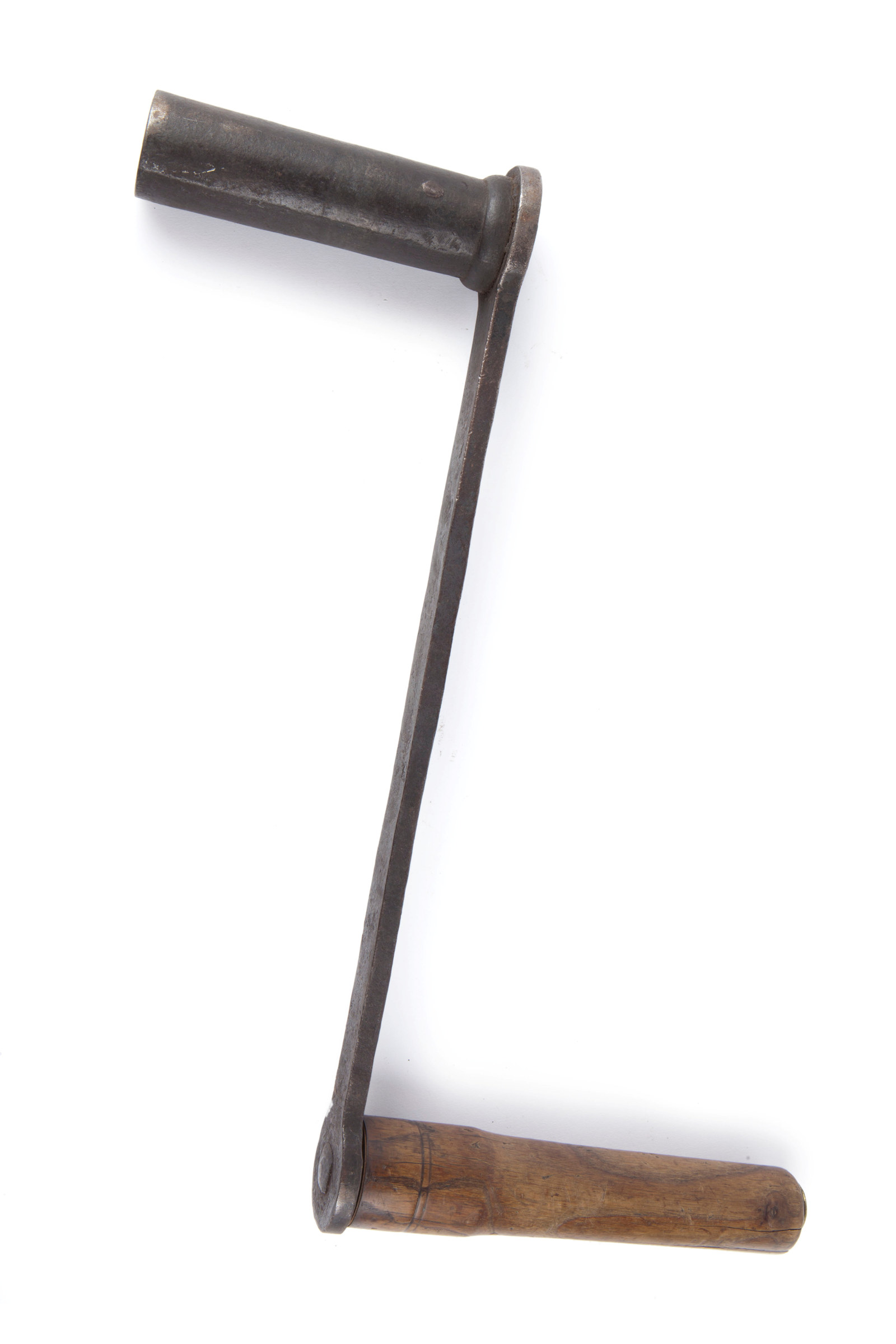
Convict Sydney
Clock-winding crank
This sturdy crank was used for many years to wind the Hyde Park Barracks clock
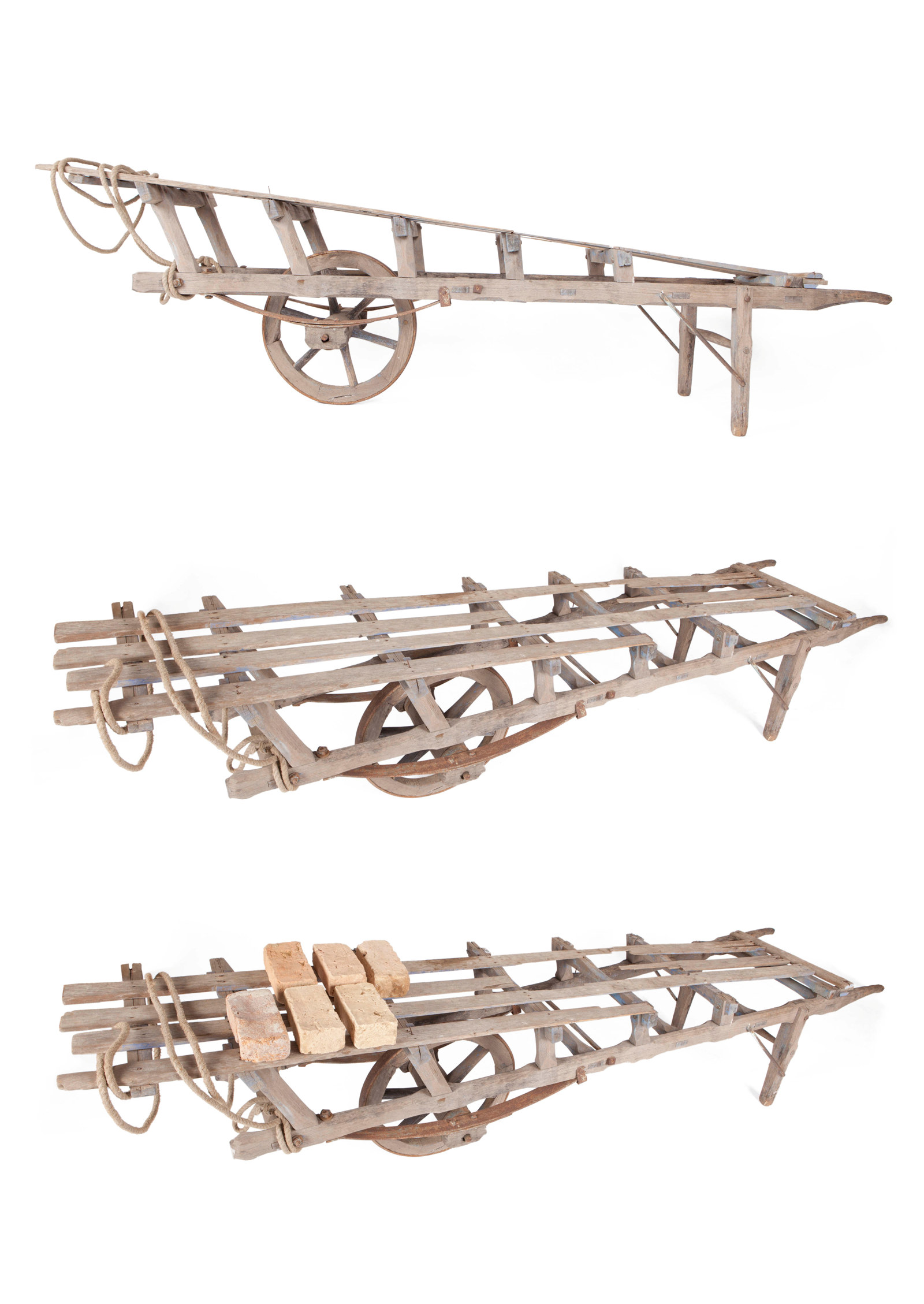
Convict Sydney
Hack barrow
Convict brickmakers working at the Brickfields (now Haymarket) used hack barrows like this one, stacking 20 or 30 wet bricks on the timber palings along the top, for transporting them from the moulding table to the ‘hack’ yard for drying
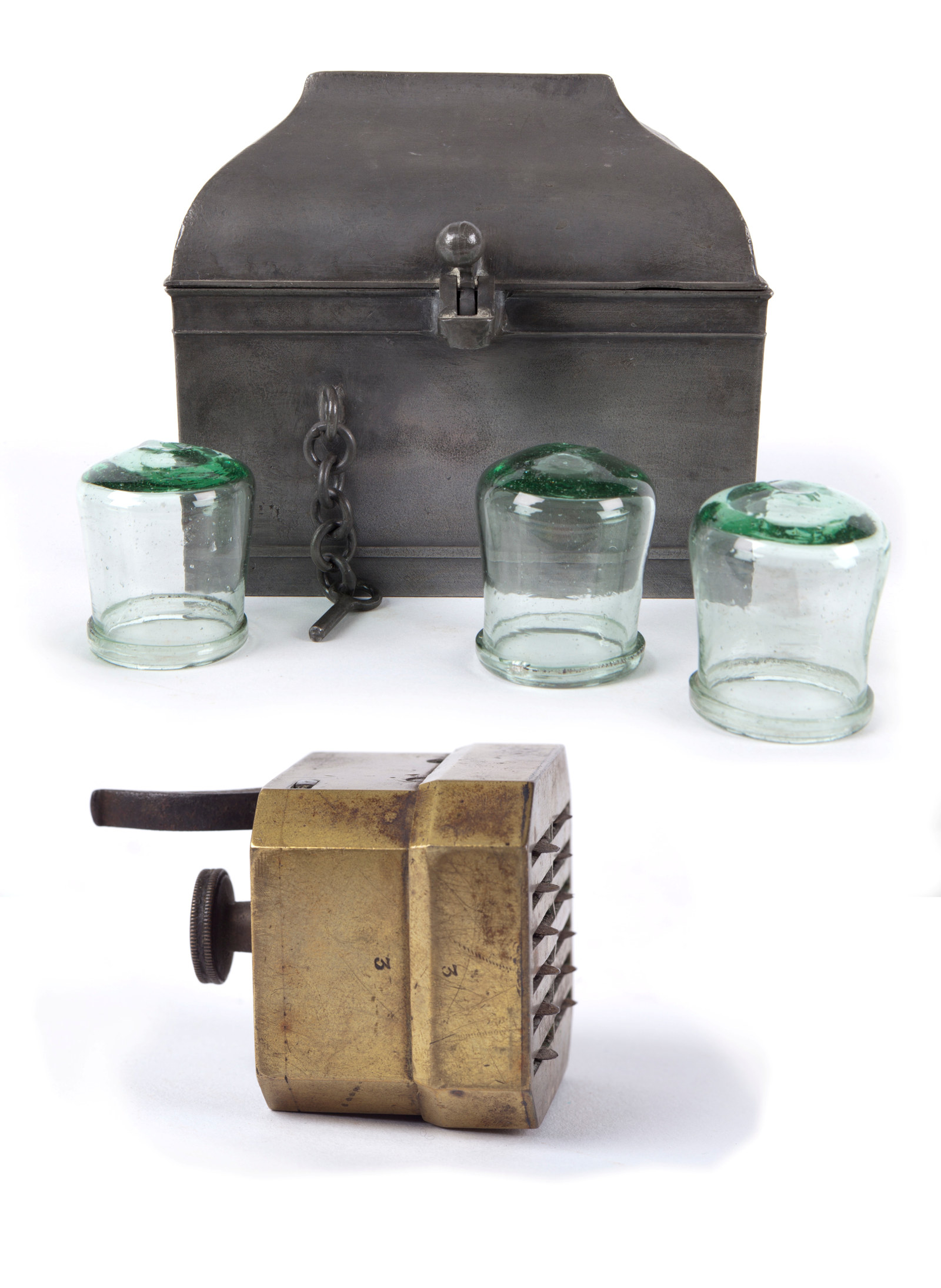
Convict Sydney
Cupping glasses and scarificator
These cupping glasses are of the type that was used in the treatment of convict patients at the General ‘Rum’ Hospital
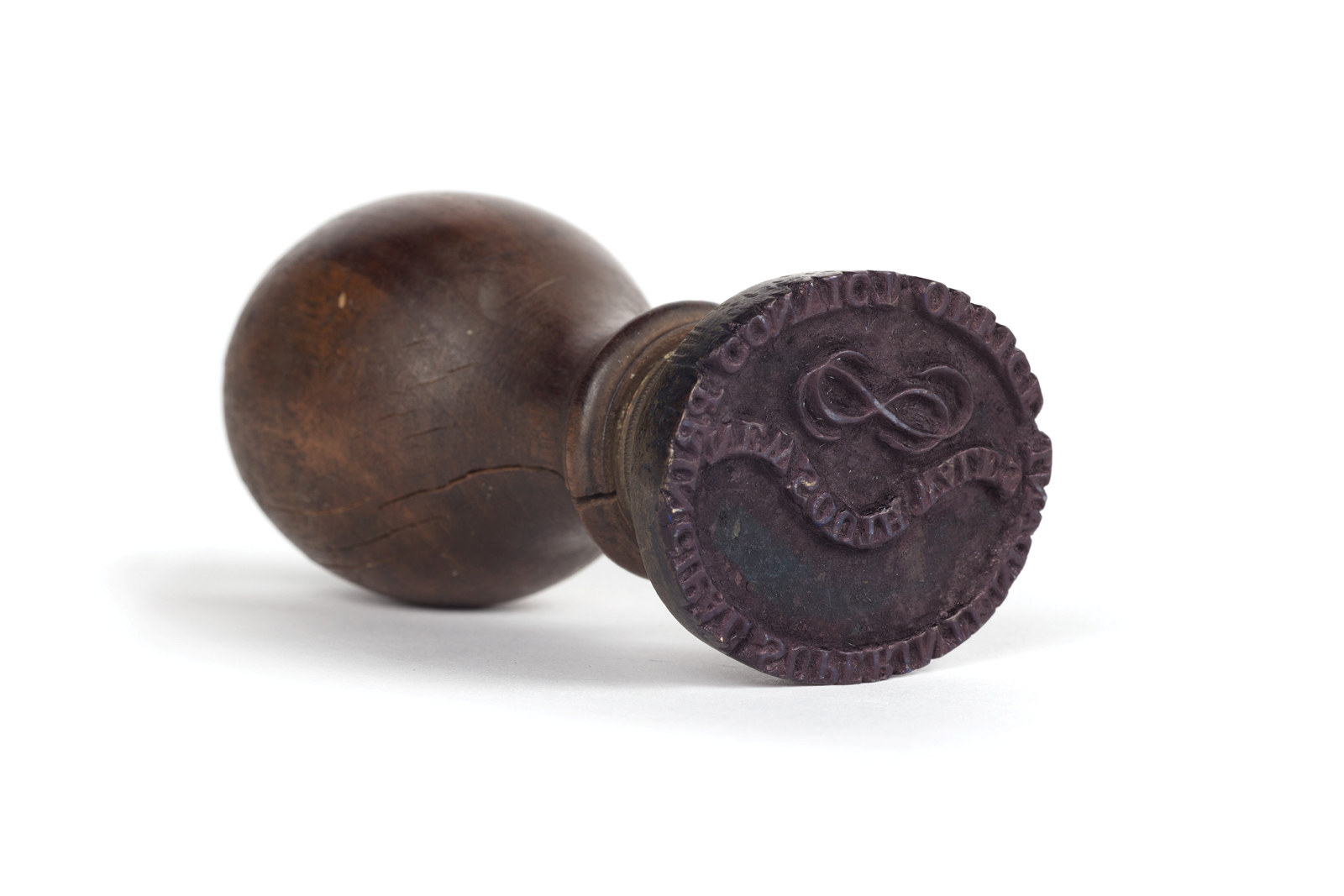
Convict Sydney
Brass stamp
Between 1830 and 1848, the superintendent’s office operated from the Hyde Park Barracks, where this stamp was most likely used on official documents and ledgers
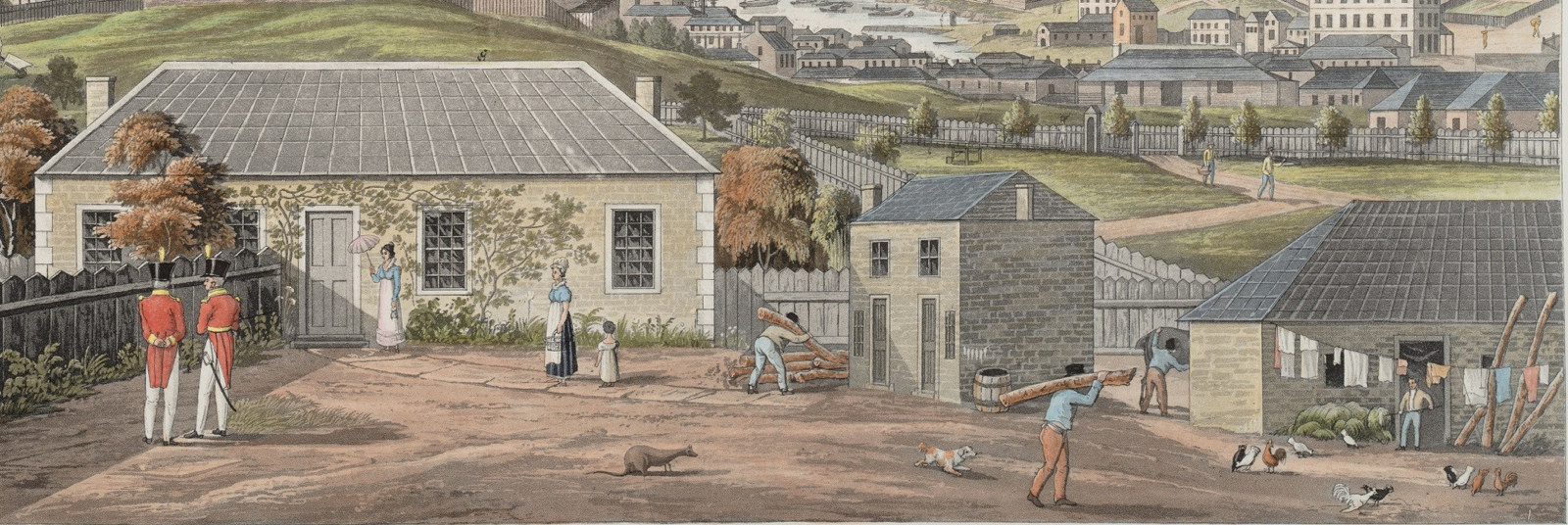
Convict Sydney
What was convict assignment?
‘Assignment’ meant that a convict worked for a private landowner
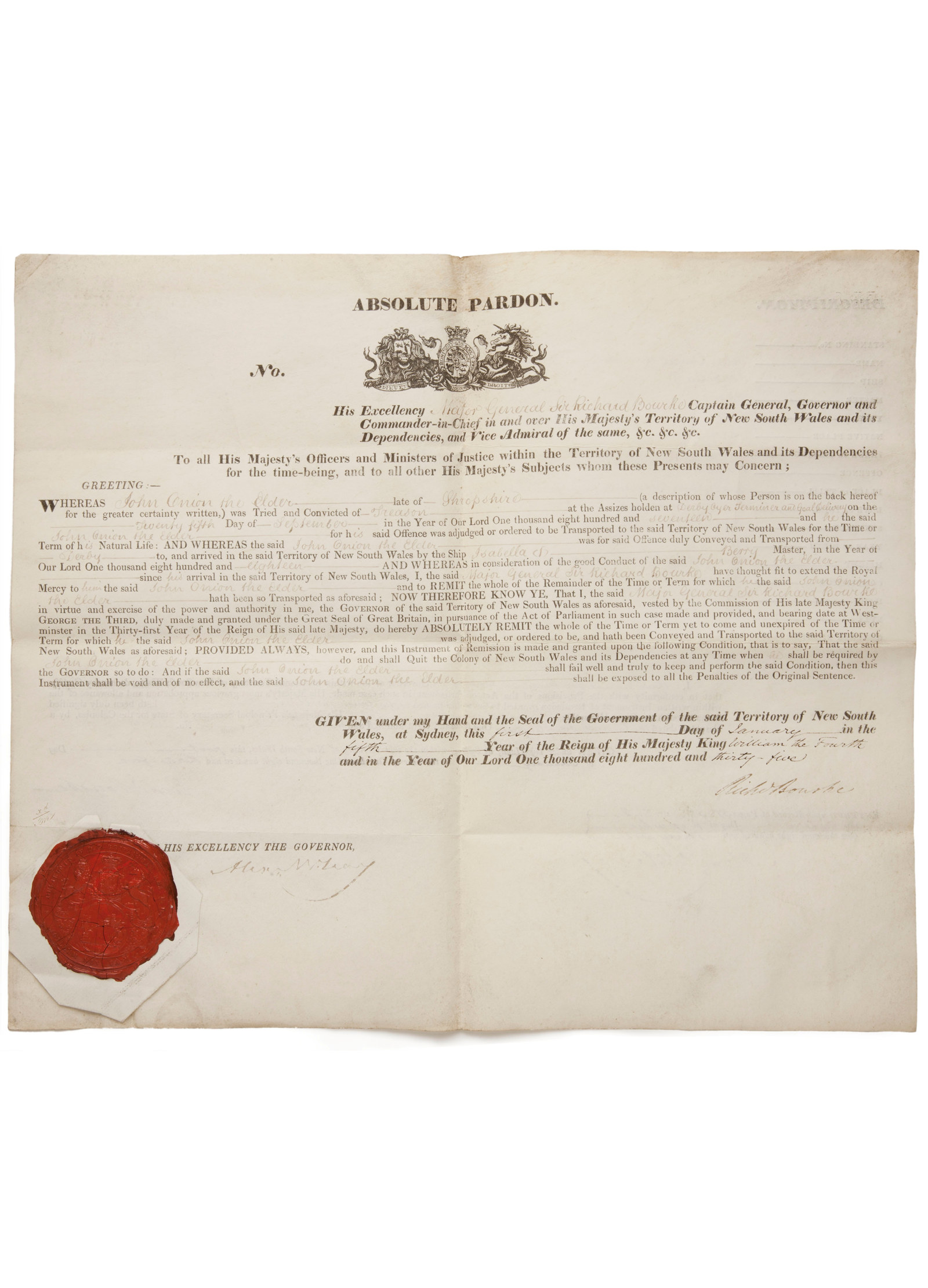
Convict Sydney
Absolute pardon
It must have been a proud moment for John Onion when he received this absolute pardon document in 1835
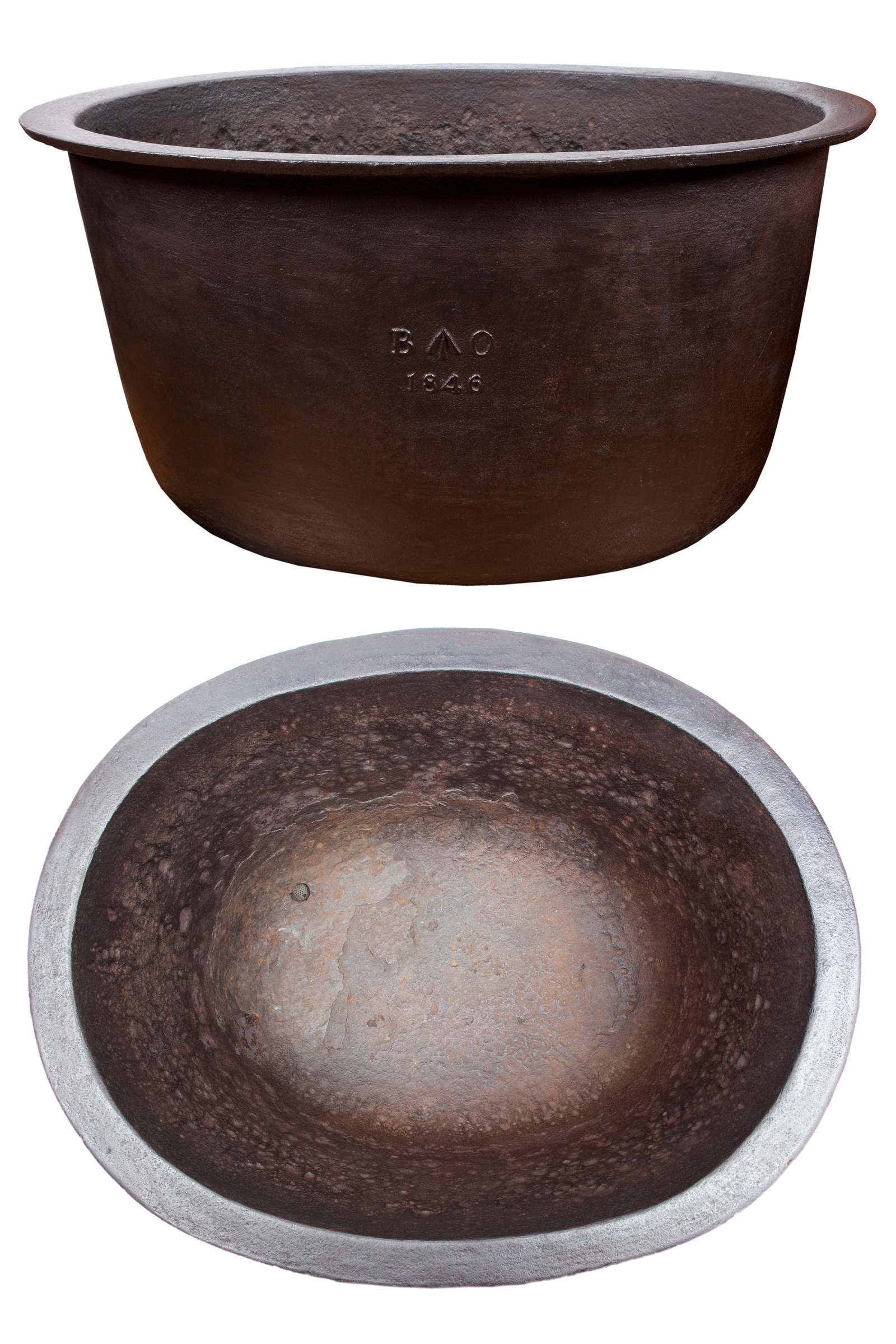
Convict Sydney
Cooking cauldron
The watery stew eaten by convicts at the Hyde Park Barracks was boiled in giant communal cast-iron pots
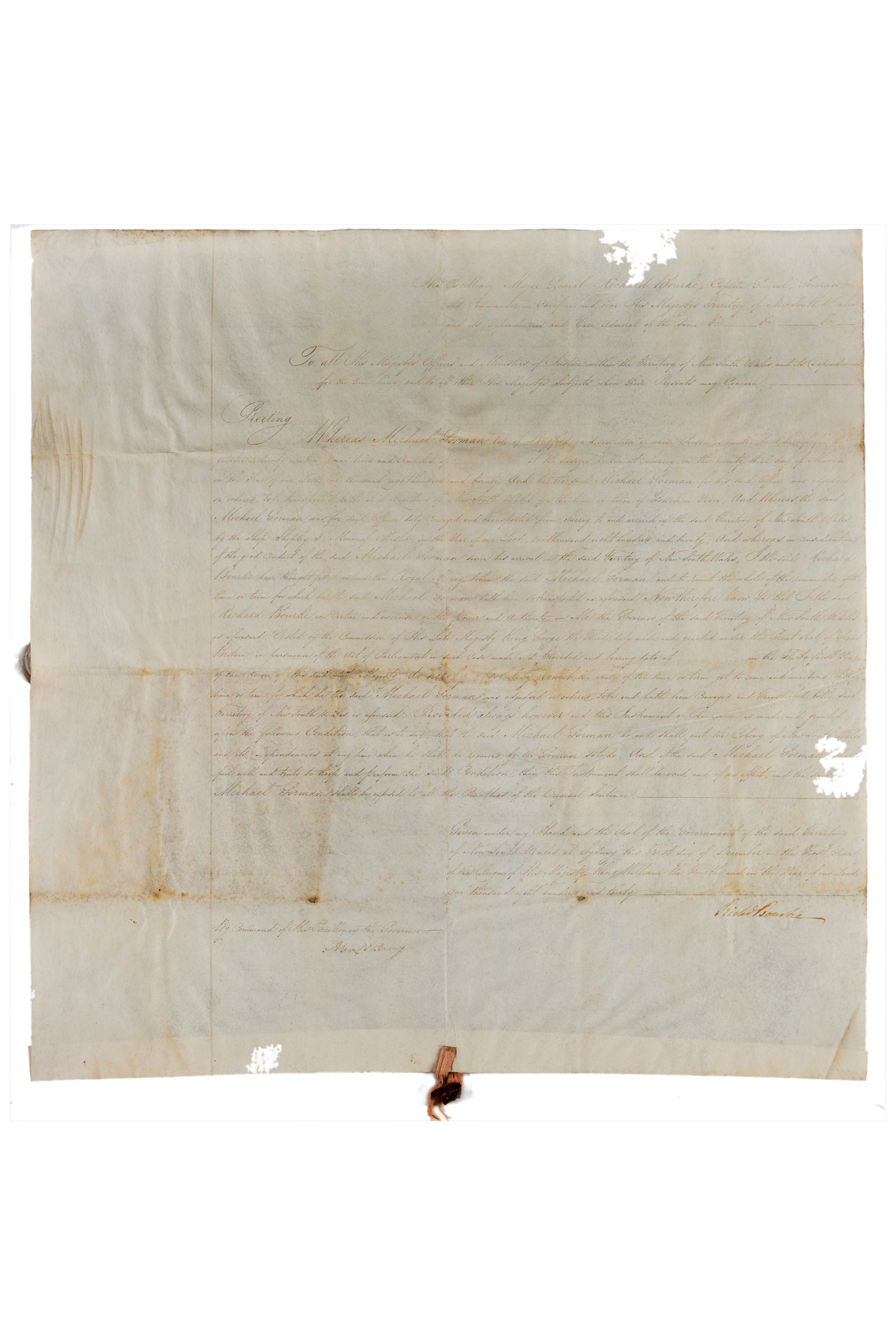
Convict Sydney
Absolute pardon
Convict constable Michael Gorman earned this absolute pardon in 1830/1832, for his service in the capture of the notorious bushranger John Donohoe
